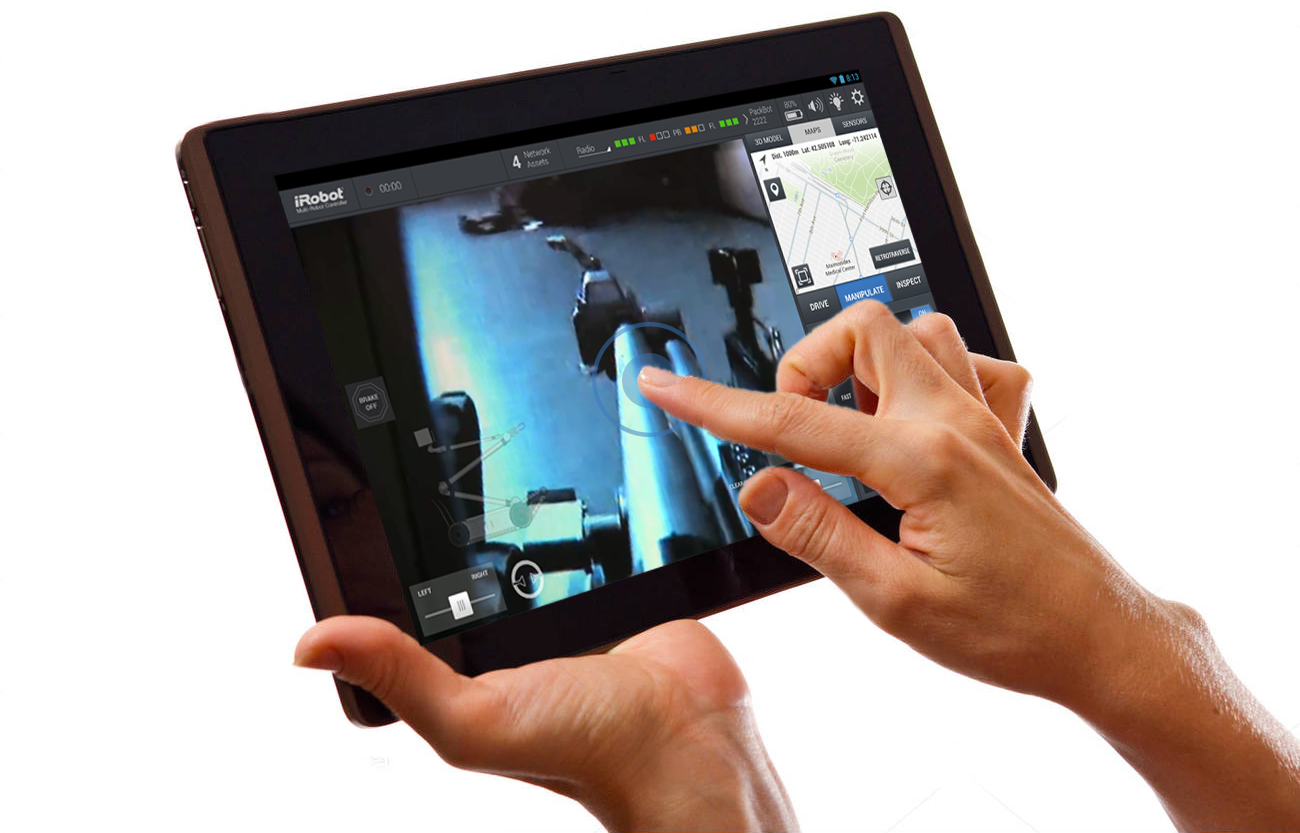
Company: iRobot (Defense & Security)
Role: Lead Interaction & Visual Designer
Released: 2015
Summary
iRobot's Defense & Security division (now Endeavor Robotics) requested a complete overhaul and unified digital platform solution for their Defense & Security product line of robots, ranging from 25 to 500 lbs., all with varying capabilities and attachments. iRobot’s robots are deployed worldwide, and their uses range from reconnaissance work, to reading radiation levels in nuclear power plants, to bomb-disposal duties at home and abroad.
Challenges
Every robot operated via different operating systems and UIs, was tethered to a ruggedized laptop, and required handheld gaming joysticks. This created not only constraints of a wired and restricted environment, but also served up different operating experiences, thereby increasing the learning curve of the operators. In reviewing the 500-page PRD, it was clear we had our work cut out for us in designing an adaptable and scalable UI based on the model of robot connected, doing so within a limited screen real estate, and while considering environmental and physical hindrances of the operators (e.g. protective gear).


